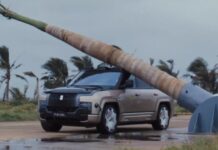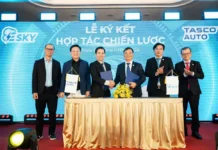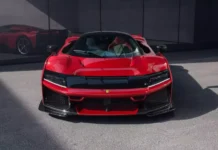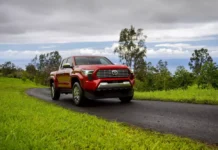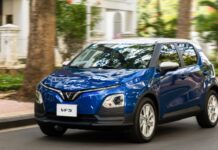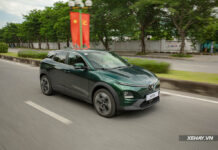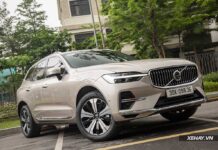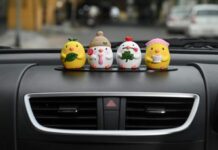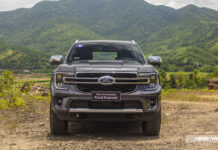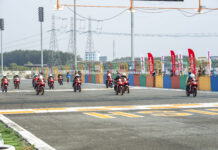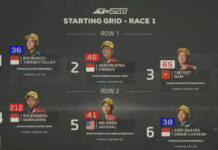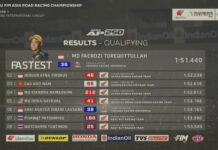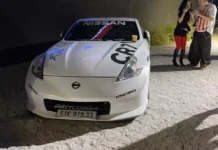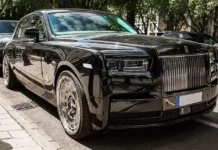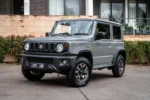When reviewing the theoretical part of the driver’s license exam questions, many students are confused by the term “xi-tec” car.
As this is not a common vehicle in daily life, it can be confusing, especially for new drivers.
In fact, “xi-tec” is the transliteration of “citerne” in French, meaning tank or container. Thus, xi-tec car is another name for a tanker truck, a vehicle specifically used for transporting liquids such as gasoline, chemicals, potable water, or milk.
Xi-tec cars have two main parts: the vehicle platform, consisting of the cabin and chassis; and the specialized tank at the back, usually made of corrosion-resistant metal, with a capacity ranging from 6 to over 20 cubic meters, depending on its intended use.
In some theoretical questions about traffic rules, such as speed limits when driving outside populated areas, xi-tec cars are often mentioned as an exception. For instance, in a question asking to identify the type of vehicle allowed to drive at a maximum speed of 80 km/h on a two-lane road with a median divider (not a highway), the correct answer is: passenger cars with more than 30 seats (excluding buses) and trucks with a payload of over 3,500 kg, excluding xi-tec cars.
The reason for the exclusion is that xi-tec cars, or tanker trucks, often carry flammable liquids like gasoline, posing a higher safety risk. Therefore, the maximum permitted speed for this type of vehicle is only 70 km/h. When reviewing for the exam, candidates should note that xi-tec cars are tanker trucks and usually have separate regulations, especially regarding speed and traffic safety measures.
TH (Tuoitrethudo)
Suzuki Halts Sales of Select Models in Australia
Australia’s stricter regulations regarding automatic emergency braking systems have led to Suzuki and other automakers temporarily halting the sale of certain models. This is a precautionary measure to ensure that their vehicles meet the new safety standards. The new regulations, which came into force in July 2023, mandate that all new passenger cars and light commercial vehicles sold in Australia must be equipped with a minimum 3-star safety rating from the Australasian New Car Assessment Program (ANCAP).
South Korea: Electric Vehicle Makers to Disclose Battery Brands Following 140 EV Fires
The South Korean government has recently taken a keen interest in the automotive industry, specifically regarding the types of batteries used in vehicles. In a bid to gain a deeper understanding of this evolving technology, they have requested that auto manufacturers provide comprehensive details on the batteries that power their cars. This move highlights the government’s proactive approach to staying abreast of innovations in the automotive sector and ensuring they have a clear picture of the technologies driving this dynamic industry forward.


